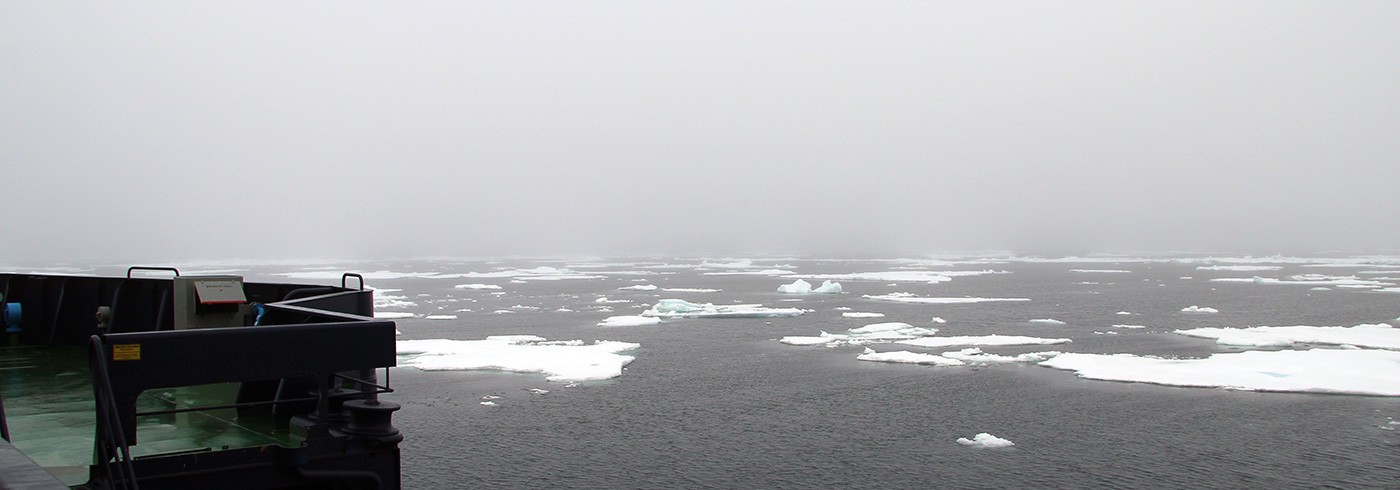The effects of Arctic sea ice on floating structures
18 September 2015 - 2 October 2015The OATRC 2015 expedition was carried out between 18 September and 2 October as a two-ship operation in the Arctic Ocean north of Svalbard. The two Swedish icebreakers Oden and Frej were used as research platforms to study sea ice in the Arctic and its effects on floating structures. This was the third Norwegian–Swedish research expedition conducted under the auspices of the Oden Arctic Technology Research Cruise (OATRC); the two previous ones were conducted in 2012 and 2013.
To advance the sustainable exploitation of Arctic sea areas, it is important to understand the behaviour of the sea ice, its properties, and how it affects vessel behaviour and capacity. The energy resources in the Arctic region will eventually be exploited, and it is crucial that this occur in accordance with the principles of sustainable development.
The exploration and exploitation of these resources pose a major challenge to industry, especially when it comes to assessing and managing risks present throughout the production chain, avoiding disruptions that arise due to potentially manageable accidents and minimising expenses arising as a result of negative environmental impacts.
Sensors were installed during the OATRC 2015 expedition to measure the movements that occur when vessels interact with ice, while camera systems were installed around one of the icebreakers so that the thickness and concentration of the nearby ice could be measured. A helicopter was used to assess the size of ice floes and how they move at the ice edge. Buoys were used to measure the ice drift, while radar images from satellites were used to analyse the ice conditions.
Many valuable data were gathered during the expedition, and these will now be used to assess and develop key methods to improve the implementation of Arctic HSE (i.e., health, safety, and environment), a management system intended to offer HSE guidelines for Arctic environments. The project is being carried out within Sustainable Arctic Marine and Coastal Technology (SAMCoT), a centre for research-based innovation established by the Research Council of Norway and hosted by the Norwegian University of Science and Technology (NTNU).


